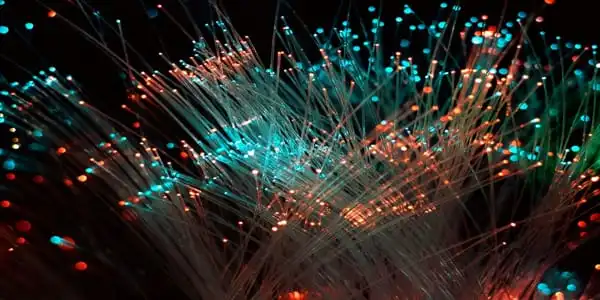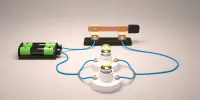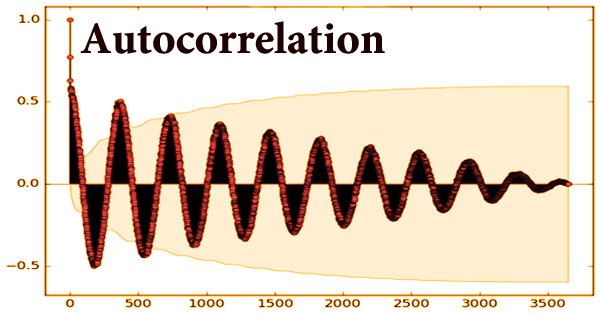Researchers have created novel polymer materials that are perfect for creating optical linkages that connect chip-based photonic components to board-level circuits or optical fibers. The polymers may be easily employed to make interconnects between photonic chips and optical printed circuit boards, which are the light-based equivalent of electrical printed circuit boards.
“These novel materials and the techniques they enable could lead to powerful new photonic modules based on silicon photonics,” stated University of Arizona research team leader Robert Norwood. “They may also be used for optical sensing or the creation of holographic displays for augmented and virtual reality applications.”
Micro-optical polymer devices show considerable potential in a variety of applications such as optical communication, sensor technologies, and optical interconnects. Straight and bent optical waveguides, as well as beam splitters, serve as the foundation of these devices.
Light-based components can now be incorporated onto a tiny chip thanks to silicon photonics technology. Although many of the basic building pieces of silicon photonic devices have been proven, better methods for fabricating the optical connections that join these components to form more complicated systems are required.
This technology makes it more viable to construct optical interconnects, which can be utilized to make the Internet — particularly the data centers that power it — more efficient. When compared to their electrical counterparts, optical interconnects can boost data throughput while producing less heat. This minimizes power usage and cooling requirements.
Robert Norwood
The researchers describe new polymer materials with a refractive index that can be changed with ultraviolet (UV) light and reduced optical losses in the journal Optical Materials Express. These materials enable a single-mode optical connection to be printed directly into a dry film material utilizing a low-cost, high-throughput lithography approach that is compatible with the CMOS production procedures used to create chip-based photonic components.
“This technology makes it more viable to construct optical interconnects, which can be utilized to make the Internet — particularly the data centers that power it — more efficient,” Norwood explained. “When compared to their electrical counterparts, optical interconnects can boost data throughput while producing less heat. This minimizes power usage and cooling requirements.”
Replacing wires with light
The study expands on a previously discovered vinylthiophenol polymer material system known as S-BOC. This material has a refractive index that can be altered by UV irradiation. In the latest study, the researchers partially fluorinated S-BOC to boost its light efficiency. The novel material system, known as FS-BOC, has lower optical propagation losses than many previous optical interconnect materials.
“With this material, we can use a technology called SmartPrint to directly write optical interconnections between different optical printed circuit board parts, such as ion-exchange (IOX) glass waveguides offered by our collaborator Lars Brusberg from Corning Incorporated,” Norwood explained.

A FS-BOC film is immediately applied on a photonic component to perform the SmartPrint process. Because the optical connection is manufactured using a maskless lithography technique that calculates where the interconnect is needed by looking at the components and then writes the optical interconnect into the polymer using photoexposure, no mechanical alignment is necessary. Other than briefly heating the polymer sheet to 90 °C, no other processing is required. Because the manufacturing method is maskless, writing patterns can be modified without the need to create a new photomask.
Creating a connection
To show the new materials, the researchers deposited them directly onto ion-exchange glass waveguide arrays, which are routinely used in integrated photonic systems. They then printed the coupling characteristics required for light to exit one IOX waveguide, propagate into the freshly manufactured polymer connection, and then enter a second IOX waveguide adjacent to the first.
According to the researchers, the polymer optical interconnects performed well and had low propagation and coupling losses, which implies that very little light was lost as it moved through the interconnect or between it and the other components.
The researchers are now attempting to increase the material’s refractive index contrast and performance at high temperatures. “A larger refractive index contrast would make the material more resistant to manufacturing fluctuations, while high temperature performance is likely required for the link to endure solder reflow operations that occur above 200 °C,” Norwood explained.
















